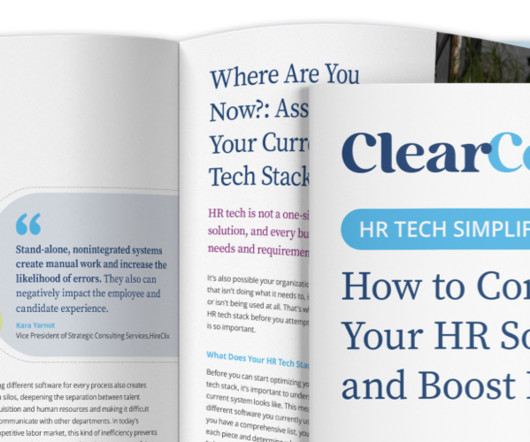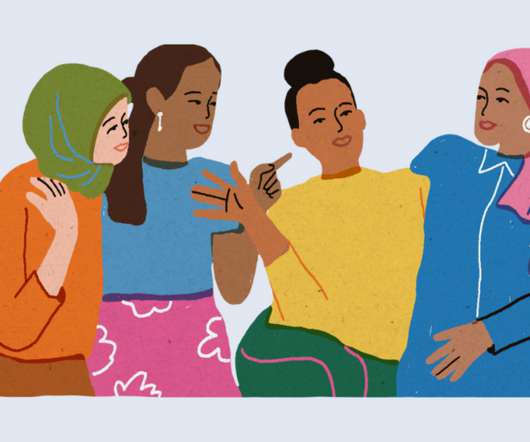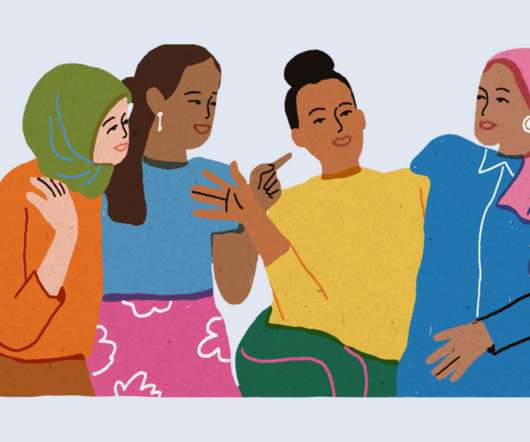How to Overcome 4 Top HR Challenges in Manufacturing
ClearCompany Recruiting
AUGUST 3, 2023
Job openings sit at an all-time high of 800,000 , and three-quarters of manufacturing executives expect retention to be their biggest workforce challenge this year. But as we mentioned, it’s a major concern this year: 75% of manufacturers expect to have trouble with retention and 74% with recruitment.
















Let's personalize your content